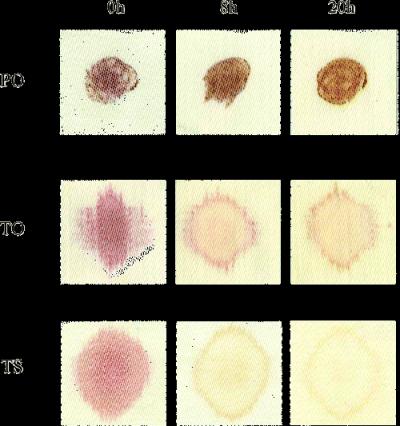Wool skirts and silk ties may avoid those pricey trips to the dry-cleaner in the future and clean themselves, researchers in Australia and China suggest. They are reporting development of a nanoparticle coating that could lead to “self-cleaning” wool and silk fabrics.
Wool and silk, which are composed of natural proteins called keratins, are among the most prized and widely used fabrics in the clothing industry. However, they are difficult fabrics to keep clean and are easily damaged by conventional cleaning agents. A better way to fight stains in these and other protein-based fabrics is needed, scientists say.

In the new study, Walid Daoud and colleagues prepared wool fabrics with and without a nanoparticle coating composed of anatase titanium dioxide, a substance that is known to destroy stains, dirt, and harmful microorganisms upon exposure to sunlight. The researchers then stained the fabric samples with red wine. After 20 hours of exposure to simulated sunlight, the coated fabric showed almost no signs of the red stain, whereas the untreated fabric remained deeply stained, the researchers say. The coating, which is non-toxic, can be permanently bonded to the fiber and does not alter its texture and feel, they note. — MTS
Article: Walid A. Daoud, S. K. Leung, W. S. Tung, J. H. Xin, K. Cheuk, and K. Qi Self-Cleaning Keratins, Chem. Mater.; 2008; ASAP Web Release Date: 23-Jan-2008; (Communication) DOI: 10.1021/cm702661k


